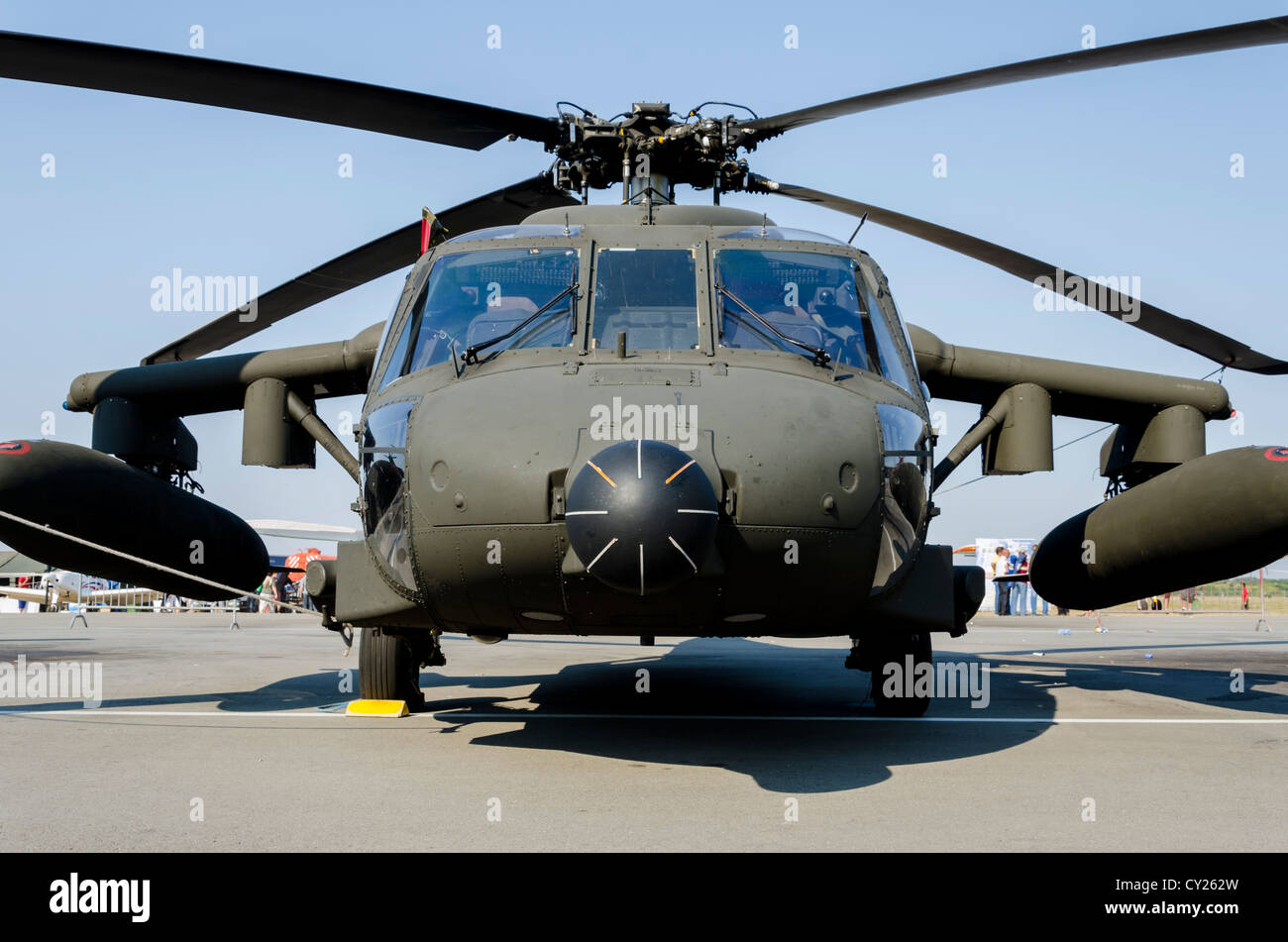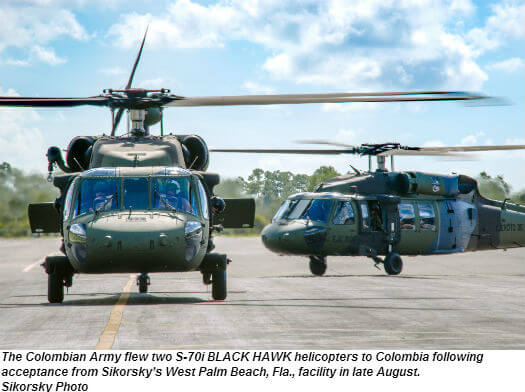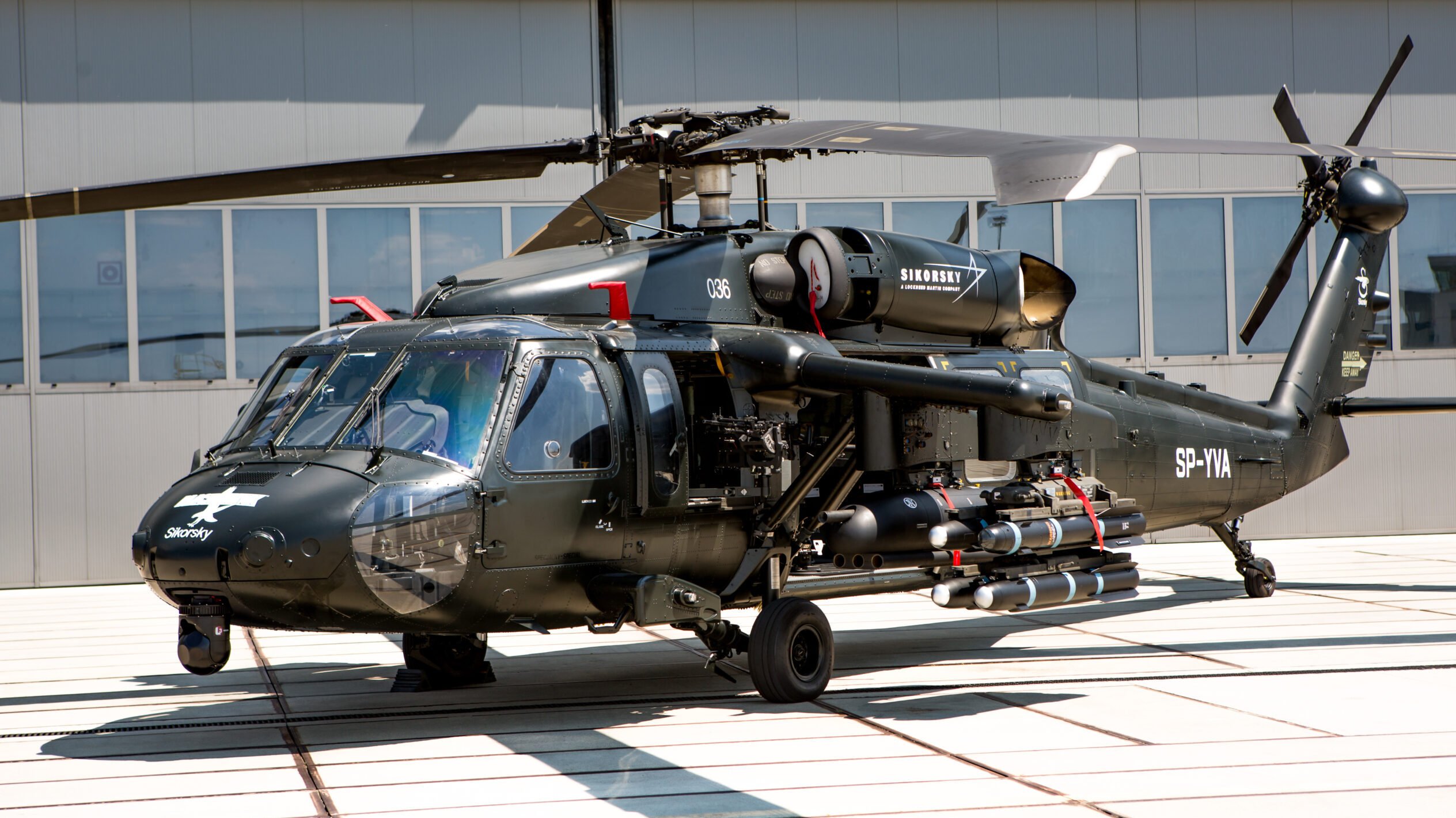High-Performance Multi-Role Rotorcraft Featuring Advanced Cabin Technologies and Integrated Sensor Solutions
The world of rotorcraft modern technology has actually seen notable improvements in recent times, especially in the realm of high-performance multi-role rotorcraft geared up with innovative cockpit innovations and perfectly integrated sensor systems. These developments have not only augmented the functional capacities of rotorcraft yet have actually likewise dramatically influenced modern air travel operations on various fronts. From improved objective versatility to boosted functional performance, the merging of innovative cabin modern technologies and integrated sensing unit systems has actually ushered in a brand-new era of opportunities for rotorcraft applications. In the complying with conversation, we will check out the evolution of rotorcraft modern technology, look into the world of sophisticated cockpit advancements, and analyze the implications of incorporated sensor systems on the functional flexibility and effectiveness of modern rotorcraft.
Development of Rotorcraft Technology
The development of rotorcraft modern technology has actually been marked by considerable innovations in aerodynamics, materials, and propulsion systems, forming the capabilities and performance of modern rotorcraft. Aerodynamic renovations have actually enhanced the performance and ability to move of rotorcraft, enabling raised speed, dexterity, and stability during flight (sikorsky s 70). Developments in products, such as using composite materials and advanced alloys, have caused lighter yet more powerful rotorcraft frameworks, boosting overall performance and longevity. Additionally, advancements in propulsion systems, including a lot more effective engines and ingenious propulsion modern technologies, have enabled rotorcraft to achieve higher elevations, faster speeds, and greater payloads.
These developments have not only changed the capacities of rotorcraft however have additionally increased their applications throughout different industries, consisting of army, business, and emergency solutions. The continuous evolution of rotorcraft technology remains to drive advancement in the field, pressing the limits of what is possible and forming the future of vertical trip.
Advanced Cockpit Innovations
Structure upon the fundamental advancements in aerodynamics, products, and propulsion systems, the realm of rotorcraft modern technology now changes focus in the direction of pioneering Advanced Cabin Innovations. The combination of advanced technologies within the cockpit environment plays a crucial function in enhancing the operational capabilities, safety and security, and efficiency of contemporary rotorcraft. sikorsky s 70. Advanced Cockpit Innovations include a broad selection of features designed to give pilots with enhanced situational understanding, streamlined information management, and user-friendly control user interfaces
One of the vital developments in cabin layout is the implementation of glass cabins, which replace standard analog determines with high-resolution screens. These digital systems use customizable designs, real-time data integration, and enhanced readability, enabling pilots to gain access to crucial details at a look. Progressed avionics systems, such as fly-by-wire controls and boosted fact displays, are transforming exactly how pilots engage with the aircraft, enabling for exact control and improved decision-making capacities.


Including innovative cockpit developments not only boosts pilot performance however also contributes to general goal performance and security in complex functional environments. By leveraging advanced technologies within the cabin, rotorcraft makers are establishing brand-new requirements for functional excellence and goal success.
Integrated Sensing Unit Equipments
With the development of rotorcraft modern technology, the assimilation of sophisticated Integrated Sensor Solution has come to be critical in boosting operational performance and safety. These Integrated Sensing unit Equipments include a wide variety of technologies that supply crucial information for various features such as navigating, surveillance, targeting, and ecological monitoring. By effortlessly integrating sensing units like radars, cameras, lidar, and infrared systems right into rotorcraft, operators can take advantage of boosted situational understanding, boosted objective capacities, and minimized pilot workload.
One key benefit of Integrated Sensor Equipments is their capacity to collect real-time data and offer workable insights to pilots and mission drivers. Progressed radar systems can spot and track targets over long distances, enabling for very early danger discovery and effective response planning. Furthermore, integrating electro-optical and infrared electronic cameras enables rotorcraft to carry out reconnaissance and monitoring objectives with precision and accuracy.
Essentially, the combination of innovative sensing unit technologies into rotorcraft not only enhances operational performance yet additionally adds dramatically to general objective success and team safety. As rotorcraft continue to develop, the function of Integrated Sensing unit Solution will certainly stay at the forefront of development in the aerospace market.
Operational Versatility and Efficiency
Enhancing functional adaptability and effectiveness in rotorcraft is a natural development from the assimilation of sophisticated Integrated Sensor Equipments. By leveraging the information and insights offered by these cutting-edge sensing unit systems, rotorcraft can maximize their efficiency across different objectives and atmospheres.
Operational convenience includes the ability of rotorcraft to adjust to different roles and circumstances effectively. With advanced cabin innovations and integrated sensing unit systems, rotorcraft can effortlessly transition in between tasks such as search and rescue, medical evacuation, security, and a lot more. This flexibility boosts the rotorcraft's ability to satisfy diverse operational needs without calling for comprehensive reconfiguration.
Efficiency in rotorcraft operations is crucial for making best use of goal efficiency and source usage. Integrated sensing unit systems play a critical duty in boosting operational performance by offering real-time data on weather, terrain mapping, target monitoring, and here much more. This More hints data allows pilots to make enlightened choices promptly, enhance flight paths, save gas, and boost overall objective efficiency.
Impact on Modern Air Travel Workflow

Moreover, the combination of sophisticated sensing units assists in enhanced goal preparation and execution, making it possible for rotorcraft to perform a broad variety of tasks with enhanced accuracy. From search and rescue operations to aerial firefighting and police objectives, the abilities of contemporary rotorcraft geared up with advanced cockpit innovations and integrated sensor systems are unparalleled.
Moreover, the influence of these developments prolongs beyond functional effectiveness to cost-effectiveness and sustainability. By enhancing trip routes, gas intake, and maintenance routines, high-performance rotorcraft outfitted with advanced cockpit modern technologies and sensors contribute to reducing operational expenses and ecological impact, making them vital assets in modern air travel procedures.
Verdict
In final thought, the high-performance multi-role rotorcraft with sophisticated cabin technologies and incorporated sensor systems represents a considerable advancement in aviation innovation. These technologies improve functional flexibility and performance, ultimately impacting contemporary air travel procedures in a favorable method. The assimilation of these advanced technologies enables boosted capabilities and efficiency in numerous objective circumstances, showcasing the proceeded development of rotorcraft modern technology in the air travel industry.
The realm of rotorcraft modern technology has actually seen notable advancements in recent times, especially in the realm of high-performance multi-role rotorcraft geared up with sophisticated cockpit innovations and perfectly incorporated sensor systems. From improved mission adaptability to you could check here improved operational efficiency, the merging of sophisticated cockpit technologies and incorporated sensing unit systems has ushered in a new period of possibilities for rotorcraft applications. In the following conversation, we will certainly explore the evolution of rotorcraft technology, dig into the world of innovative cabin advancements, and analyze the implications of incorporated sensor systems on the operational convenience and performance of modern-day rotorcraft.
